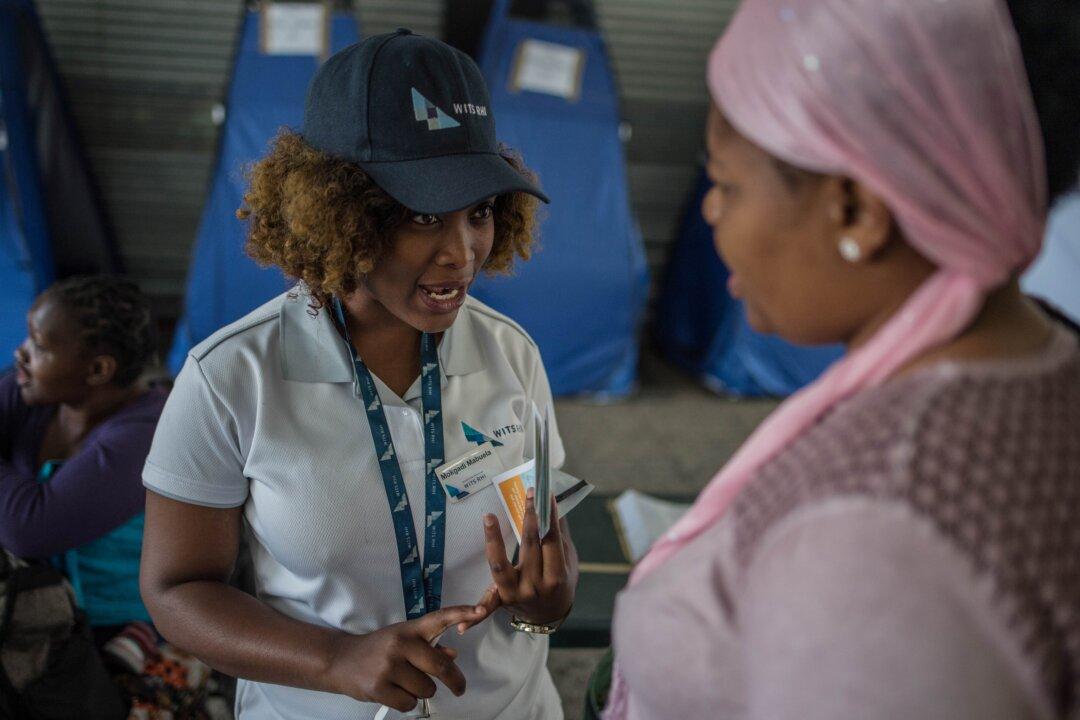VULINDLELA, South Africa—Sweat streams from the young men’s faces as they pursue a soccer ball across a sun-baked pitch of red dust.
In the crowd of spectators is Gethwana Mahlase, a veteran HIV counselor.

VULINDLELA, South Africa—Sweat streams from the young men’s faces as they pursue a soccer ball across a sun-baked pitch of red dust.
In the crowd of spectators is Gethwana Mahlase, a veteran HIV counselor.